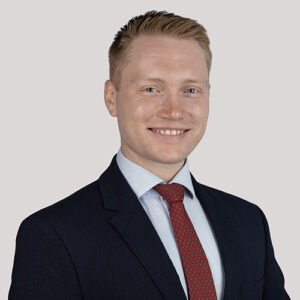30/09/2019
In modern manufacturing and design processes, computer models and simulations play a key and ever expanding role. Whereas previously many different prototypes may have had to be individually machined and then tested, now each design can be tested virtually. This allows optimal designs to be found without incurring any of the expense, or expending any of the time, associated with manufacturing multiple custom prototype components and designs.
This is true, for example, in the automotive sector. Models and simulations are used on every scale – from modelling individual vehicle components to simulating how a vehicle will handle to simulating traffic flow on urban streets. One aspect in particular where models are particularly important is in modelling batteries, and this is especially so for the new generation of batteries being developed, such as lithium-sulphur batteries.
Many of these batteries have relatively constant voltages regardless of their state of charge. This means that traditional methods of determining the charge of a battery, which can equate to the range of an electric car, cannot be used. Therefore, models of the batteries input and output are used to estimate the remaining charge. By improving these models, a more accurate and precise measurement of remaining charge can be obtained. When an improved model is applied to the battery of an electric car, this can equate to an improved range – and thus a competitive advantage over their competitors.
Given the clear commercial benefit that can arise from improved computer models and simulations, companies would be right in seeking to protect the models that they develop, preventing competitors from taking advantage of the resources invested in their development. For some models and simulations, the protection offered by keeping it a trade secret may be adequate. This is particularly true of models or simulations that are only ever used internally, such as in the design process. However, if the model or simulation is exposed to the public, such as if it was uploaded into the software on an electric vehicle which is subsequently sold, then it would no longer be secret. In this case, patent protection could be more appropriate.
Currently, following a decision of the European Patent Office’s Board of Appeal (Circuit simulation I/Infineon Technologies T1227/05), in Europe a simulation could be patentable (without the need for the step of building something according to the simulation), provided that it is simulating something technical. Following this decision, it is likely that many of the models and simulations developed by the automotive industry would be capable of patent protection. However, the case law may be about to take a U-turn.
As discussed in an earlier blog, the technical nature of a simulation was recently brought into question in an appeal decision of the Board of Appeal (Connor, T489/14). In this decision, the Board of Appeal questioned the decision of the earlier landmark Board of Appeal decision T1227/05 which considered simulations to be technical, and as such referred the matter to the EPO’s Enlarged Board of Appeal (EBA) for a definitive ruling on the matter.
This upcoming EBA decision could have important commercial implications in many industries that utilise computer models and simulations, including the automotive industry as discussed above. It may affect already granted patents if the EBA decides simulations are not technical (national courts are likely to take note of such a decision from the EPO’s highest appeal authority), and it will also force companies to reconsider how they protect their models in the future.
However, even in this case, it would often be possible to still obtain useful patent protection for computer simulations and models by altering the manner in which the patents are drafted. For example, a patent could be directed to a method for controlling power flow into and out of a battery, based on the output of a computer simulation, rather than just to the simulation on its own. This would link the abstract simulation to a real world, physical object and process, and would likely provide the necessary technical character required for patentability.
Here at Reddie & Grose LLP, our Autonomous and Electric Vehicles group have a broad range of experience in obtaining valuable patent protection and providing commercially useful advice for protecting inventions in this field. If you would like information or advice for protecting your invention, please get in touch.
This article is for general information only. Its content is not a statement of the law on any subject and does not constitute advice. Please contact Reddie & Grose LLP for advice before taking any action in reliance on it.


